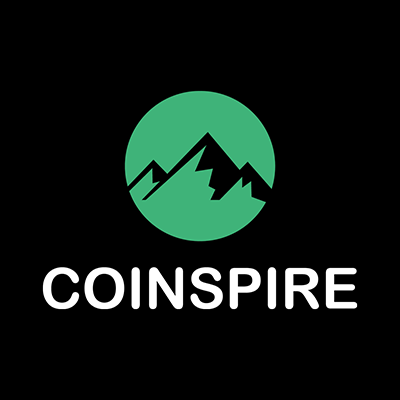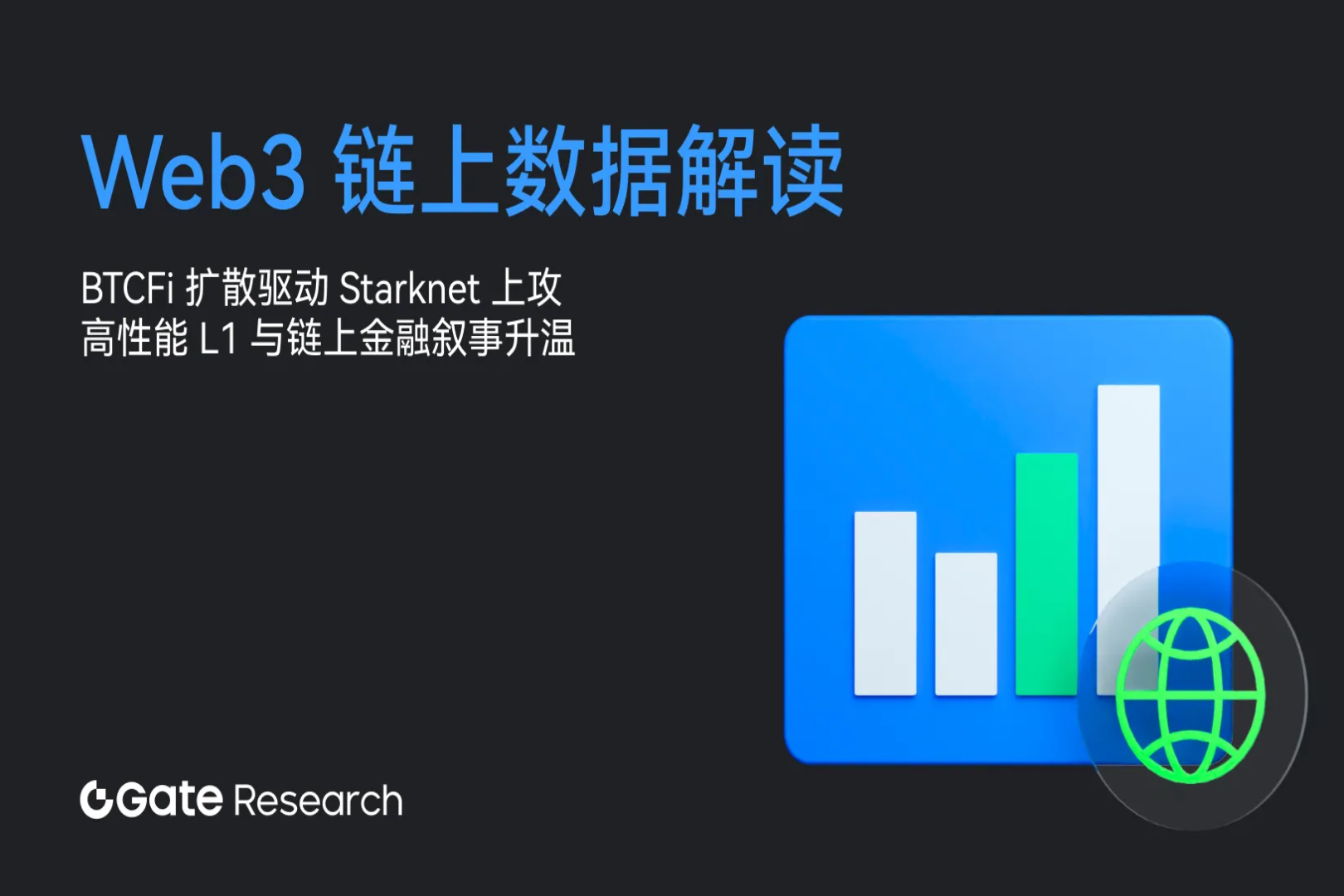Get to know DEPIN in depth: Interview with the Head of DePIN of Solana Foundation

In Web3, DEPIN is quickly becoming one of the most watched tracks. What exactly is it? What does it have to do with ordinary people? How great is its future development potential? The following content is compiled from The Defiant Podcast's interview with Amira Valliani, the head of DEPIN at the Solana Foundation. If you want to know whether DEPIN is an opportunity you should pay attention to and how to implement it, this content is not to be missed.
Q: Can you briefly introduce yourself and how you got into crypto and joined the Solana Foundation?
Amira Valliani (hereinafter referred to as A): I first started paying attention to crypto in 2017. However, at that time, I was mainly interested in community-built news platforms, especially local news. I have always wondered: Can blockchain be used to build community infrastructure, such as soft services such as news writing, which can be shared and profitable?
Later, I switched to entrepreneurship and developed a paid podcast platform. Although it had nothing to do with crypto, it made me deeply realize how difficult it is for content creators to charge small subscription fees. And I never forgot the concept of "community co-building". After the company was sold in 2021, I began to seriously consider returning to the crypto world.
I worked in politics in Washington, D.C., and also worked in the White House and the State Department. I felt that this was an opportunity to combine my multiple interests. After joining the Solana Foundation, I started out in charge of policy affairs, and later gradually became involved in strategic projects. I joined the Helium Foundation board of directors, and naturally took charge of the foundation's DEPIN-related work.
Q: You just mentioned policy issues. The Solana Foundation is also very active in policy making. Can you tell us more about what you do in Washington?
A: Our first priority is actually "education". After all, policymakers generally don't understand blockchain, and we need to help them understand the impact of this technology on the real world, especially how to help their voters.
For example, we invited Helium developers to Congress in the early days to introduce how to build a community-shared wireless network through blockchain. Many congressmen originally had misunderstandings about crypto, but when they saw the project come to fruition and heard with their own ears that "someone in your constituency is using the Helium network", they really began to take this technology seriously.
Q: Your current core job is DEPIN. Can you explain in simple terms what DEPIN is and why it is so important?
A: DEPIN stands for "Decentralized Physical Infrastructure Networks". To put it simply, it uses the incentive method of Web3 to turn the "fragmented resources" in everyone's hands into a service technology that can be packaged and used by others.
For example, we all use navigation apps every day, but the update of map data is actually very slow and costly. There is a project called HiveMapper, which is a decentralized map project. You only need to install a dashcam to automatically collect map data along the way when you commute to get off work every day, and the system will reward you with tokens. These real map data are updated faster than Google, have a wider coverage, and are cheaper.
Another example is the Helium project. You can use your own excess WiFi bandwidth to deploy hotspots and contribute to the Helium network. Others can connect to the Internet through it, and you can earn tokens. Some large communication companies such as AT&T and T-Mobile also cooperate with them to use the Helium network to cover areas that are not easy for them to enter.
Essentially, DEPIN solves a problem of "large-scale collaboration". In the past, only giant companies could spend billions of dollars to build such infrastructure. Now, Web3 makes it feasible for everyone to participate.
Q: Are all physical resources suitable for DEPIN? Why have some traditional supply chain tracking technologies not been successful?
A: Good question. First of all, I don’t think supply chain tracking counts as DEPIN. The key to DEPIN is whether there is a market with both supply and demand: one end is people who can collect data, such as those with idle bandwidth, equipment or location resources; the other end is companies that need this data.
If you just put the status of an item on the chain, it is more like a B2B traceability tool, not DEPIN. DEPIN is more inclined to integrate distributed resources and turn data into services that can be widely traded. Therefore, information such as map data, WiFi bandwidth, and edge computing power that can be frequently needed and dynamically updated are particularly suitable for DEPIN.
Q: DEPIN and AI have a strong relationship. Can you talk in detail about how the two are combined?
A: I think AI is one of the core driving forces that I am most optimistic about DEPIN. Most of us are now exposed to AI, but just open ChatGPT or Perplexity to chat a few sentences, and the application level of AI is still on the computer. I think in the next ten years, AI will enter reality and become a part of our lives. For example: automatic driving, delivery robots, sweeping robots, etc.
So what do these "grounded" AIs need? The answer is - real-world data. For example, self-driving cars need to know whether there are potholes ahead, whether road signs have been changed, and whether there are any street constructions. This kind of data is simply not enough for Google to drive a few cars to scan it every year.
This is where DEPIN comes into play. Let’s take HiveMapper as an example. It is a decentralized map project. Users only need to install a dashcam to collect data during daily driving and exchange it for token rewards. The data is updated much faster than Google and can cover remote areas - for AI, it is simply a data paradise.
Another example is Matrix Rover, which drives a high-precision camera car on the street to take extremely clear pictures for training the automatic driving system. These data are more detailed than traditional "street scenes" and are very valuable for AI.
Q: Are these data destined for large companies? Can the data collected by DEPIN serve decentralized AI?
A: It is true that most AIs are controlled by big companies, such as OpenAI, Google, and Meta. But in the past two years, decentralized AI projects have begun to emerge in the crypto field, with the goal of building an AI network that is monopolized by big companies. Here, the real-world data provided by DEPIN is particularly important.
One more thing to add is that not only data, but also a huge amount of GPU computing power is needed to train AI. However, GPUs are too expensive and ordinary teams cannot afford them. At the same time, there are countless idle GPUs distributed in personal computers, workstations, laboratories around the world... If these GPUs can be connected through the DEPIN network, it will be a civilian version of the AI supercomputing cluster. Many projects do this, such as io.net, Akash, Render, etc., which are all building decentralized GPU networks so that small teams can also train AI. The idea behind this is to liberate the two core elements of AI, data and computing power, from centralized monopoly.
Q: Is it difficult to promote these things in reality? For example, will the current high interest rates, difficulty in financing, and complex policies hinder the development of DEPIN?
A: What you mentioned is exactly why now is a good time for DEPIN. Traditional infrastructure, such as building a communication tower, may cost millions of dollars, and you have to go through formalities, attract investment, and obtain approval. But now financing is expensive, and many projects cannot be promoted at all.
The special thing about DEPIN is that it does not rely on investment from a single large institution, but breaks the project into small pieces, allowing countless individual users to participate in the construction, such as deploying a hotspot or installing a sensor. As long as you take out a few hundred yuan, the system will reward you with tokens, and you will become a network builder.
So DEPIN essentially breaks down high-threshold things into something that everyone can participate in. This is actually a good solution for the current macro environment of high interest rates and high costs.
Q: You said that DEPIN will be a trillion-dollar industry in the future. How can it achieve such explosive growth?
A: Currently, DEPIN may only be worth several billion US dollars, but it is developing very fast. I think the future explosion point will come from three directions:
Mature tools: In the past, if you wanted to start a DEPIN project, you had to build the system from scratch and deploy the chain yourself. Now service providers such as Solana, chart platforms, and data query tools are all readily available, greatly reducing the development threshold.
AI drives data demand: The rapid development of AI makes real-world data extremely important, and DEPIN is the best data collection network. The more AI develops, the more popular DEPIN will be.
More and more "knowledgeable" entrepreneurs are entering the market: Many of the founders of DEPIN now have worked on hardware, infrastructure, and really understand the industry. They are not the kind of people who "raise money first and then find a solution", but really use crypto to solve old problems. They first see the pain points and then choose to solve them with the Web3 method. So I say that the key to the DEPIN explosion is that a large number of "practical" founders have entered Web3. They know how to get things done, and this is the core.
Q: Is it possible for an ordinary person like me to earn a living by participating in the DEPIN project?
A: Of course. I met a guy in Mexico whose full-time job is running a HiveMapper fleet. He bought a bunch of dashcams himself, and then found a group of online taxi drivers and truck drivers, installed equipment for them, and helped him run maps every day. He is responsible for back-end management, dividends, and equipment maintenance, and this has become his "personal map company." There are also people who specialize in the operation and maintenance of Helium hotspots, deploying networks, maintaining nodes, acting as regional agents, and so on.
These are all brand new job opportunities. You don’t need to know how to write code. As long as you can use equipment and manage resources, you can participate in a Web3 network and start making money.
Conclusion : DEPIN sounds very "technical", but it is actually a very simple logic: breaking down the resources we come into contact with every day in the real world into pieces, and then using incentive mechanisms to get people to actively participate in it. It allows us to see that everyone will have the opportunity to participate in the construction of AI in the future. If you missed the early days of Bitcoin and Ethereum, this may be your chance to enter.
Coinspire is a research community that has long focused on the Web3 and Ai sectors, providing Alpha opportunities such as project research reports/primary investment research/secondary market analysis, etc.
*All content on the Coinspire platform is for reference only and does not constitute an offer or recommendation of any investment strategy. Any personal decision made based on the content of this article is the responsibility of the investor, and Coinspire is not responsible for any gains or losses arising therefrom. Investment is risky, so make decisions carefully!



